Creating a DIY Gallery Wall for Your Living Room
Creating a gallery wall in your living room is more than just hanging pictures; it's like crafting a visual story that reflects your unique personality and experiences. Imagine walking into a space where every glance reveals a piece of your life, a memory, or an emotion. A well-designed gallery wall transforms a mundane wall into a vibrant canvas of creativity and warmth. It's your chance to showcase your favorite artworks, family photos, and even your kids' masterpieces. So, how do you embark on this exciting journey? Let’s dive into the steps and creative ideas that will help you design a stunning gallery wall that enhances your living room's aesthetic and adds that all-important personal touch.
First things first, selecting the perfect wall is crucial for your gallery. Think about where you want your gallery wall to live. Is there a blank space that’s just begging for attention? Consider factors like visibility, lighting, and size. A wall that gets plenty of natural light can make your artwork pop, but too much direct sunlight might fade your pieces over time. Ideally, you want a wall that’s easily visible to guests and family, creating a welcoming atmosphere. So, take a step back, look around, and choose a wall that feels right for your artistic expression.
Now that you've chosen your wall, it's time to gather your artwork. This is where the fun really begins! Collecting a variety of artwork is the foundation of your gallery wall. You can explore different mediums, styles, and sizes to create an engaging visual display. Think about incorporating:
- Framed prints or paintings
- Photographs from your travels
- Children’s artwork
- Wall hangings or textiles
- Quotes or typography art
Mixing these elements will not only create visual interest but also tell a story about who you are and what you love. Remember, it’s all about creating a space that resonates with you!
Incorporating various frame styles adds depth and character to your gallery wall. Don’t be afraid to experiment with different colors, textures, and materials. A mix of wooden, metal, and even acrylic frames can create a cohesive yet eclectic look. Imagine a rustic wooden frame paired with a sleek black metal one; it’s like a dance of contrasts that brings your gallery to life!
Choosing a color palette for your frames can unify your gallery wall. Think about the overall decor of your living room. Are there dominant colors that you can play off? Consider complementary colors that enhance your artwork while matching your living room decor. A well-coordinated color scheme can elevate the entire look of your space, making it feel polished and intentional.
Establishing a theme for your artwork can create a harmonious display. Themes can range from travel memories to abstract pieces, reflecting your personality and interests. For instance, if you’re a travel enthusiast, why not create a wall that showcases your adventures? Use maps, photos, and souvenirs to transport your guests to the places you've been!
The arrangement of your pieces is key to a successful gallery wall. Play around with different layouts, such as grid or organic styles, to find what works best for you. A grid layout gives a structured feel, while an organic arrangement can create a more casual and free-flowing vibe. Lay your pieces on the floor first to visualize how they’ll look on the wall. This step can save you a lot of time and effort!
Once you’ve arranged your artwork, it’s time to think about how you’ll hang it. Proper hanging techniques ensure your artwork is displayed securely and attractively. You can choose from various methods, including nails, hooks, and adhesive strips. Each method has its pros and cons, so consider the weight of your pieces and the type of wall you’re working with. For instance, if you’re hanging heavier frames, traditional nails or wall anchors might be your best bet.
Accurate measuring and spacing are essential for a polished look. Use a level and measuring tape to ensure even placement and alignment of your artworks. A little bit of planning goes a long way in achieving that gallery-like finish. Remember, it’s all about creating a balanced look that draws the eye without feeling cluttered.
Establishing a focal point in your gallery wall draws attention and enhances the overall design. Choose a standout piece to anchor the display effectively. This could be a large painting, a striking photograph, or even a unique piece of art that you’ve collected over the years. By having a focal point, you create a visual anchor that adds depth and interest to your gallery wall.
Q: How do I choose the right artwork for my gallery wall?
A: Select pieces that resonate with you personally. Consider a mix of sizes, mediums, and themes that reflect your interests and experiences.
Q: Can I use a gallery wall in a small space?
A: Absolutely! A gallery wall can work wonders in small spaces. Just be mindful of the size of the artwork you choose to avoid overwhelming the room.
Q: How do I keep my gallery wall looking fresh?
A: Rotate your artwork occasionally, or add seasonal pieces to keep the display dynamic and engaging.
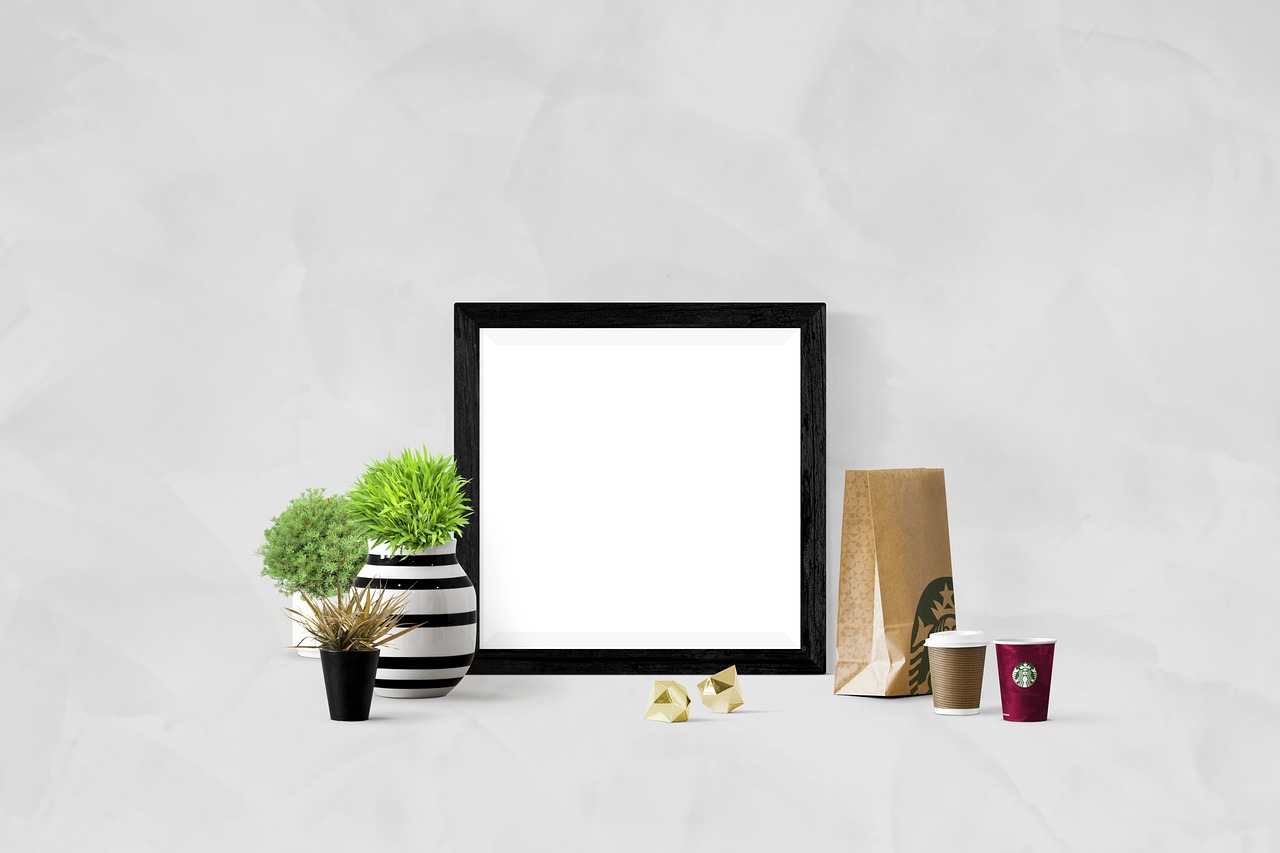
Choosing the Right Wall
When it comes to creating a stunning gallery wall, the first step is to choose the right wall. This decision can make or break your artistic display, so it’s essential to consider a few key factors. Think about the visibility of the wall; is it in a high-traffic area where guests will frequently pass by? If so, you want to ensure that your artwork is not only eye-catching but also meaningful. A wall that is often seen becomes a canvas for your personality, showcasing your style and the stories behind each piece.
Next, let’s talk about lighting. Natural light can enhance the beauty of your artwork, but too much direct sunlight can fade colors over time. Ideally, you want a wall that receives soft, diffused light. Consider whether you can control the lighting in that area; perhaps adding sheer curtains or strategically placing lamps can help. If you’re working with a wall that has limited natural light, think about how you can use lighting to your advantage. Perhaps you can install some spotlights or use picture lights to highlight your favorite pieces.
Another important aspect to consider is the size of the wall. A large, expansive wall can accommodate a big statement piece or a collection of smaller works, while a smaller wall might require more careful planning to avoid overcrowding. You don’t want your artwork to feel cramped or lost in the space. Take measurements and visualize how different pieces will fit together. A great way to do this is by using painter's tape to outline where the edges of your frames will be. This method allows you to see the arrangement without committing to nail holes yet!
Lastly, don’t forget about the style of your living room. The wall you choose should complement the overall aesthetic of the space. For example, if your living room has a modern vibe, a sleek, minimalist wall might be best. On the other hand, if your decor is more eclectic, you could go for a wall that allows for a mix of styles and frames. Remember, the gallery wall is an extension of your personality, so let it reflect who you are while enhancing the beauty of your home!
In summary, when choosing the right wall for your gallery, keep these factors in mind:
- Visibility: Ensure it’s in a prominent location.
- Lighting: Opt for soft, diffused light.
- Size: Consider the dimensions to avoid crowding.
- Style: Match the wall with your living room decor.
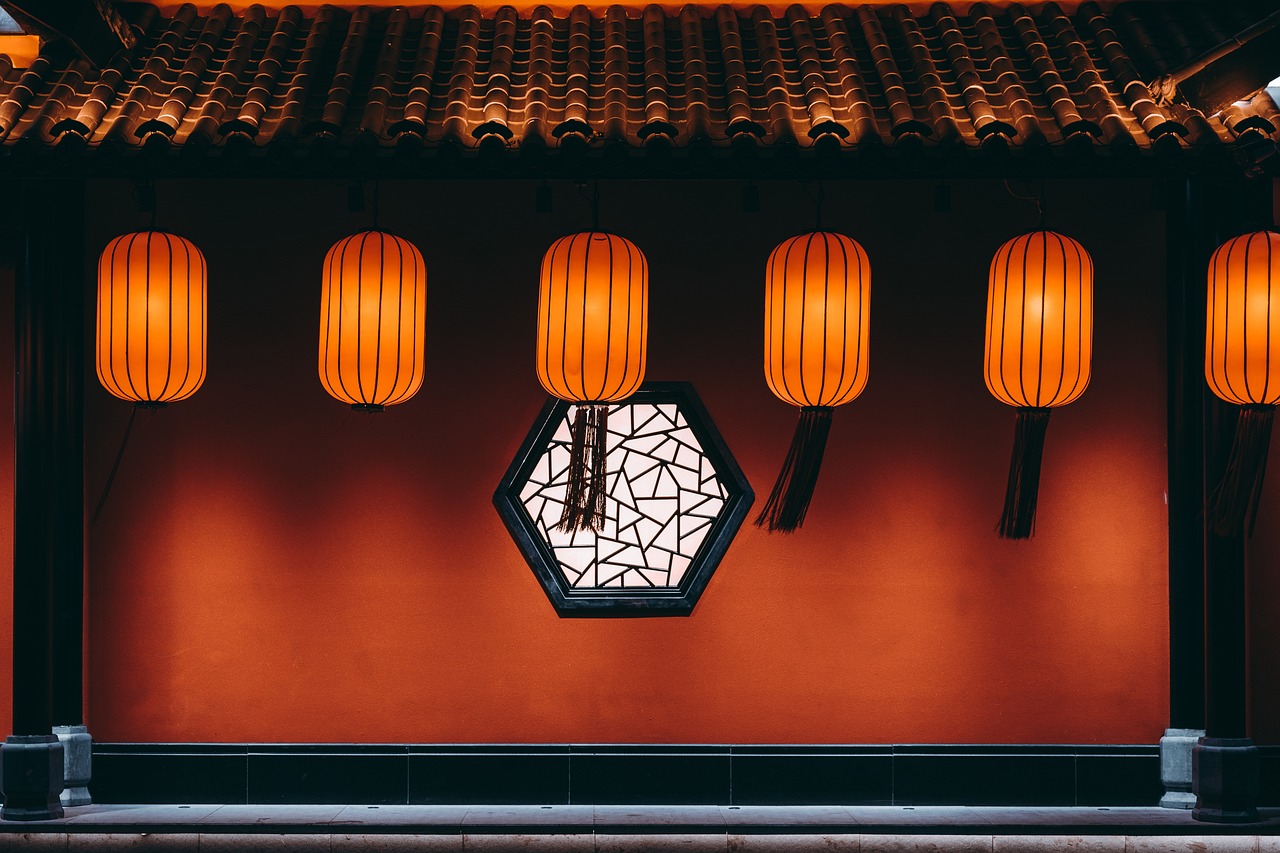
Gathering Your Artwork
Creating a captivating gallery wall begins with the exciting process of . This step is not just about collecting pieces; it’s about curating a collection that speaks to your soul and reflects your unique personality. Think of your gallery wall as a storybook—each piece is a chapter that contributes to the overall narrative you want to share with your guests. So, where do you even start?
First, consider the mediums of art that resonate with you. Are you drawn to the vibrant colors of paintings, the intricate details of photographs, or the raw textures of mixed media? A diverse range of mediums can make your gallery wall more dynamic and visually appealing. For instance, you might combine:
- Paintings: From abstract art to landscapes, these can set the mood.
- Photographs: Personal photos or stunning landscapes can evoke memories and emotions.
- Prints: Affordable and versatile, prints can fill in gaps and add variety.
- Textiles: Think fabric art or woven pieces to introduce texture.
Next, don’t shy away from different styles. Mixing styles can create an eclectic vibe that draws the eye and sparks conversation. You might pair modern art with vintage pieces or juxtapose minimalist prints with bold, colorful paintings. It’s like a dance; when the right pieces come together, they create a beautiful harmony that captivates anyone who walks into the room.
Size also matters! When selecting your artwork, think about the scale of each piece in relation to your wall space. A large statement piece can serve as a focal point, while smaller pieces can fill in the surrounding space. It’s essential to have a balance; too many small items can get lost, while a wall full of oversized art might feel overwhelming. A good rule of thumb is to include a variety of sizes to keep the eye moving across the wall.
As you gather your pieces, consider themes. Establishing a theme can create a cohesive look. You might choose to focus on:
- Travel: Showcase your adventures with photos and mementos from different places.
- Nature: Fill your wall with landscapes, botanical prints, or animal art.
- Abstract: Play with colors and shapes that evoke feelings rather than specific subjects.
Lastly, don’t forget about the sentimental value. Family heirlooms, gifts from friends, or pieces you’ve collected during meaningful experiences can add a personal touch that makes your gallery wall truly yours. Each piece not only beautifies your space but also tells a story, making your living room feel more like home.
In conclusion, gathering your artwork is an adventure in itself. It’s about exploring your tastes, experimenting with different styles, and ultimately creating a visual narrative that reflects who you are. So, go forth and start collecting! Your gallery wall awaits!
Q: How many pieces should I include in my gallery wall?
A: It really depends on the size of your wall and the size of the artwork. A good starting point is to aim for 5-10 pieces, but feel free to adjust based on your personal style and the space available.
Q: Can I mix different frame styles?
A: Absolutely! Mixing frame styles can add depth and character to your gallery wall. Just ensure there’s some commonality, like color or material, to create a cohesive look.
Q: What if I don’t have enough artwork?
A: You can always fill in gaps with decorative elements like mirrors, wall sculptures, or even shelves with small plants or books. These can complement your artwork beautifully!
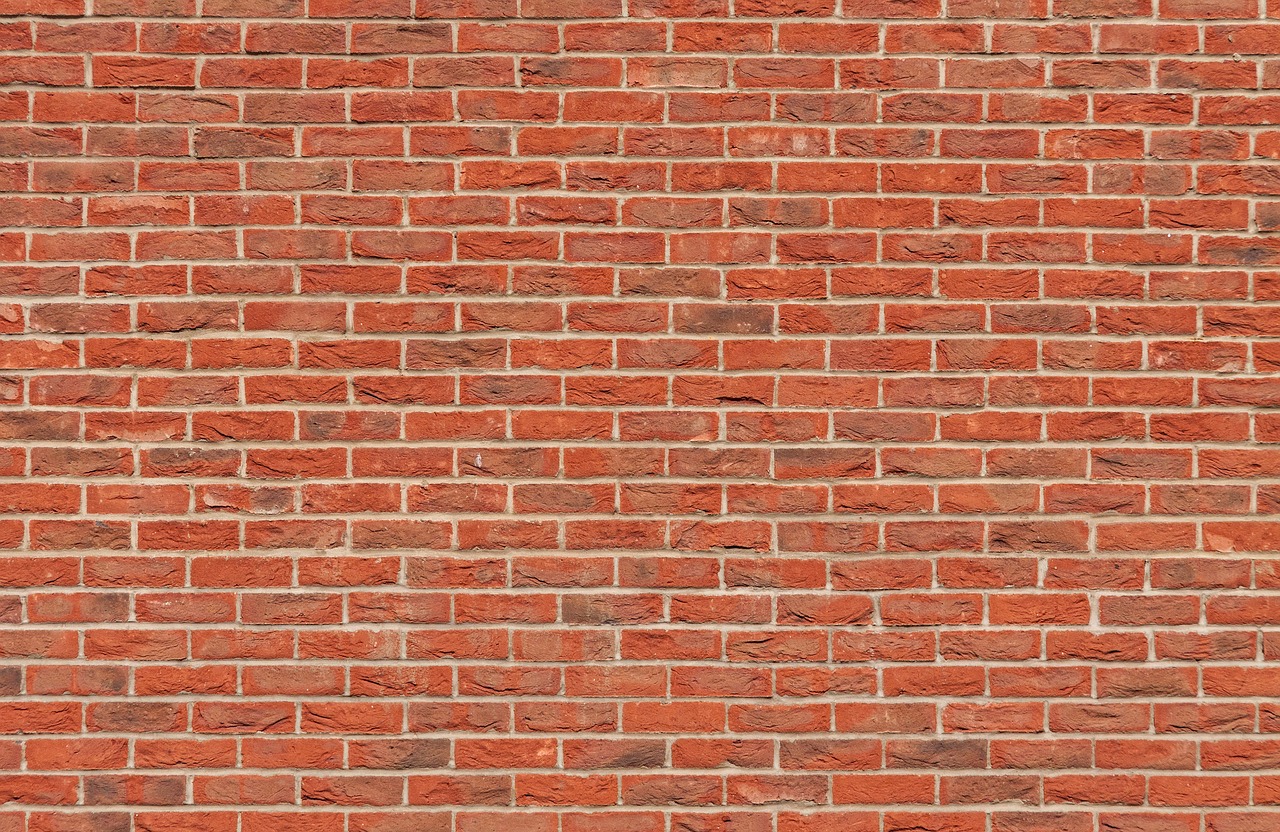
Mixing Frames and Styles
When it comes to creating a gallery wall, is like adding spices to a dish; it brings everything to life! Imagine walking into a room where all the frames are identical—boring, right? Instead, think of your gallery wall as a vibrant tapestry of your personality. By incorporating different frame styles, colors, and materials, you can create a dynamic and engaging visual experience that draws the eye and sparks conversation.
Start by gathering a collection of frames that vary in shape and size. You might choose sleek, modern frames alongside rustic wooden ones, or perhaps a few ornate vintage frames to add a touch of elegance. The key is to create contrast while still maintaining a sense of unity. For instance, if you opt for a mix of colors, consider using a common element—like a specific color or finish—that ties them together. This could be a metallic hue, a specific wood tone, or even a shared texture.
Here are a few tips to keep in mind while mixing frames:
- Balance is Key: Aim for a visual balance in your arrangement. If you have a large, bold frame, balance it with smaller frames or pieces that complement it.
- Vary the Orientation: Don’t be afraid to mix vertical and horizontal frames. This variation can add interest and keep the eye moving across the wall.
- Texture Matters: Incorporate different materials—wood, metal, and even fabric can add depth and dimension to your gallery wall.
As you experiment with different frames, remember that your gallery wall should reflect your unique style. It’s a canvas of your life experiences, interests, and memories. Perhaps you have a collection of travel photos, art prints, or even family portraits that tell your story. Embrace the eclectic nature of your collection. The beauty of mixing frames and styles is that it allows you to showcase a variety of influences and inspirations.
In conclusion, mixing frames and styles is not just about aesthetics; it’s about creating a narrative that resonates with you and anyone who visits your home. So, get creative, have fun with it, and let your gallery wall be a true expression of who you are!
Q: How do I choose the right frames for my gallery wall?
A: Start by considering the overall theme and style of your living room. Choose frames that complement your decor while allowing your artwork to shine. Mixing different styles can add character, but ensure there’s a common element that ties them together.
Q: Can I use different colors for my frames?
A: Absolutely! Using different colors can create a vibrant and playful look. Just remember to keep a cohesive color palette in mind to maintain harmony across your gallery wall.
Q: What if I don't have enough artwork to fill the wall?
A: No worries! You can fill gaps with decorative elements like mirrors, shelves, or even wall-mounted plants. This not only adds visual interest but also makes your gallery wall feel more complete.
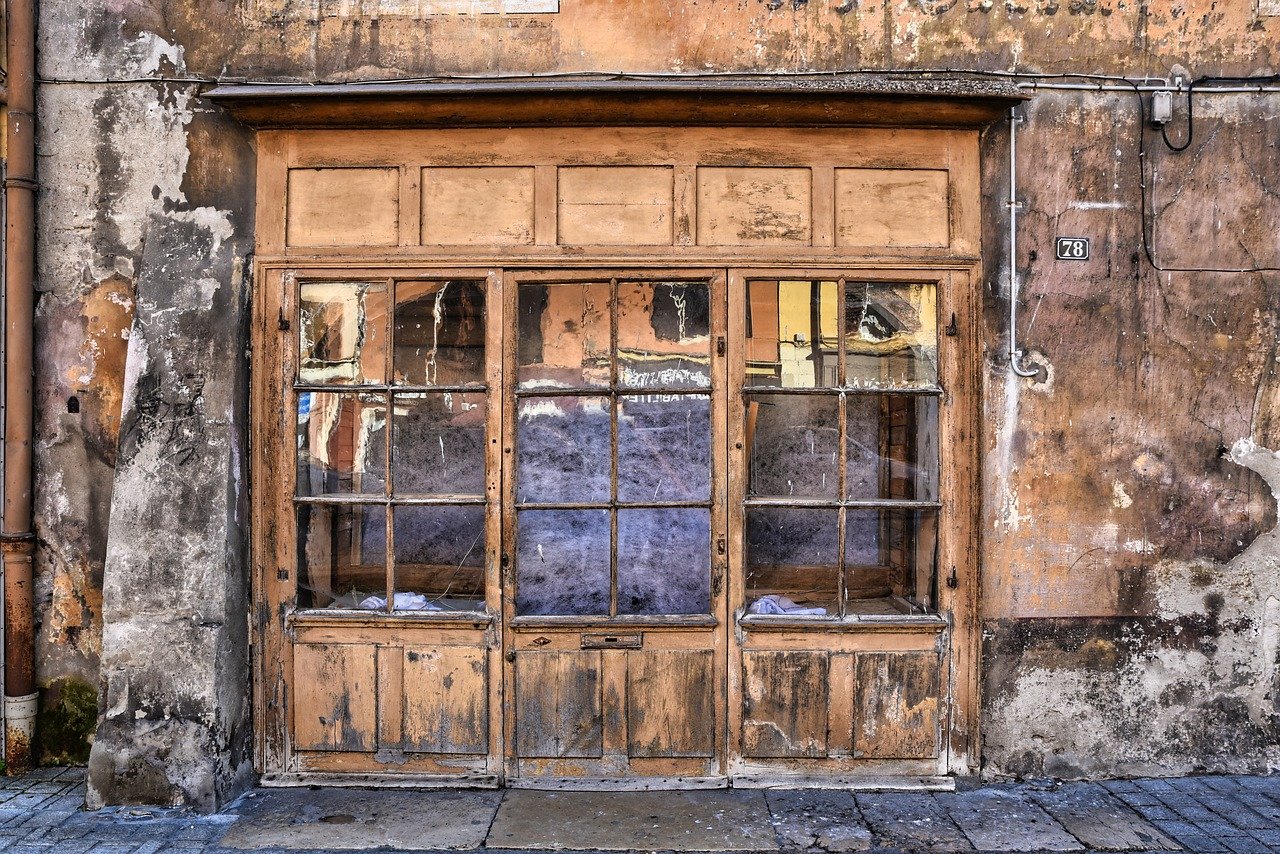
Color Coordination
When it comes to creating a stunning gallery wall, plays a pivotal role in achieving a cohesive and visually appealing display. Think of your gallery wall as a symphony; each piece of art is an instrument that contributes to the overall harmony. To ensure that your artwork sings together beautifully, you need to choose a color palette that complements both your art and the existing decor of your living room.
Start by considering the dominant colors in your living room. Are there any specific shades that stand out? Perhaps a calming blue or a vibrant yellow? Use these colors as a foundation for your gallery wall. For instance, if your living room features a neutral palette of whites and grays, you might want to incorporate bold accent colors in your frames or artwork to create a striking contrast. On the other hand, if your space is already filled with color, you may opt for more muted or monochromatic frames to avoid overwhelming the senses.
Another effective strategy is to select a few complementary colors that can tie different pieces of art together. This could mean choosing frames in shades that echo colors found within the artwork itself. For example, if you have a vibrant painting with splashes of red and teal, consider using frames in those same hues to create a harmonious look. Alternatively, you might choose a neutral frame for the standout piece while using colorful frames for the surrounding artworks, allowing the main piece to shine.
To help visualize your color coordination, here’s a simple
| Base Color | Complementary Colors | Suggested Frame Colors |
|---|---|---|
| White | Gold, Pastel Pink | Gold, White |
| Gray | Teal, Coral | Black, Teal |
| Beige | Burnt Orange, Olive Green | Wood, Olive Green |
Don’t forget about the textures and materials of your frames! Mixing materials like wood, metal, and acrylic can add depth and interest to your gallery wall. Imagine a rustic wooden frame surrounding a sleek modern art piece; this juxtaposition can create a captivating visual experience. Just remember to keep your color palette in mind while selecting these materials, as they can either enhance or detract from the overall aesthetic.
Ultimately, color coordination is about expressing your personal style while creating a space that feels inviting and harmonious. So, take your time, experiment with different combinations, and most importantly, have fun! After all, your gallery wall is a reflection of you and your unique journey through art.
- What is the best color palette for a gallery wall? The best palette depends on your existing decor. Neutral tones with pops of color often work well, but feel free to experiment!
- How many pieces should I include in my gallery wall? It really depends on the size of the wall and the artwork. A good rule of thumb is to aim for an odd number of pieces for a more dynamic look.
- Can I mix different frame styles? Absolutely! Mixing frame styles can add character and depth to your gallery wall.
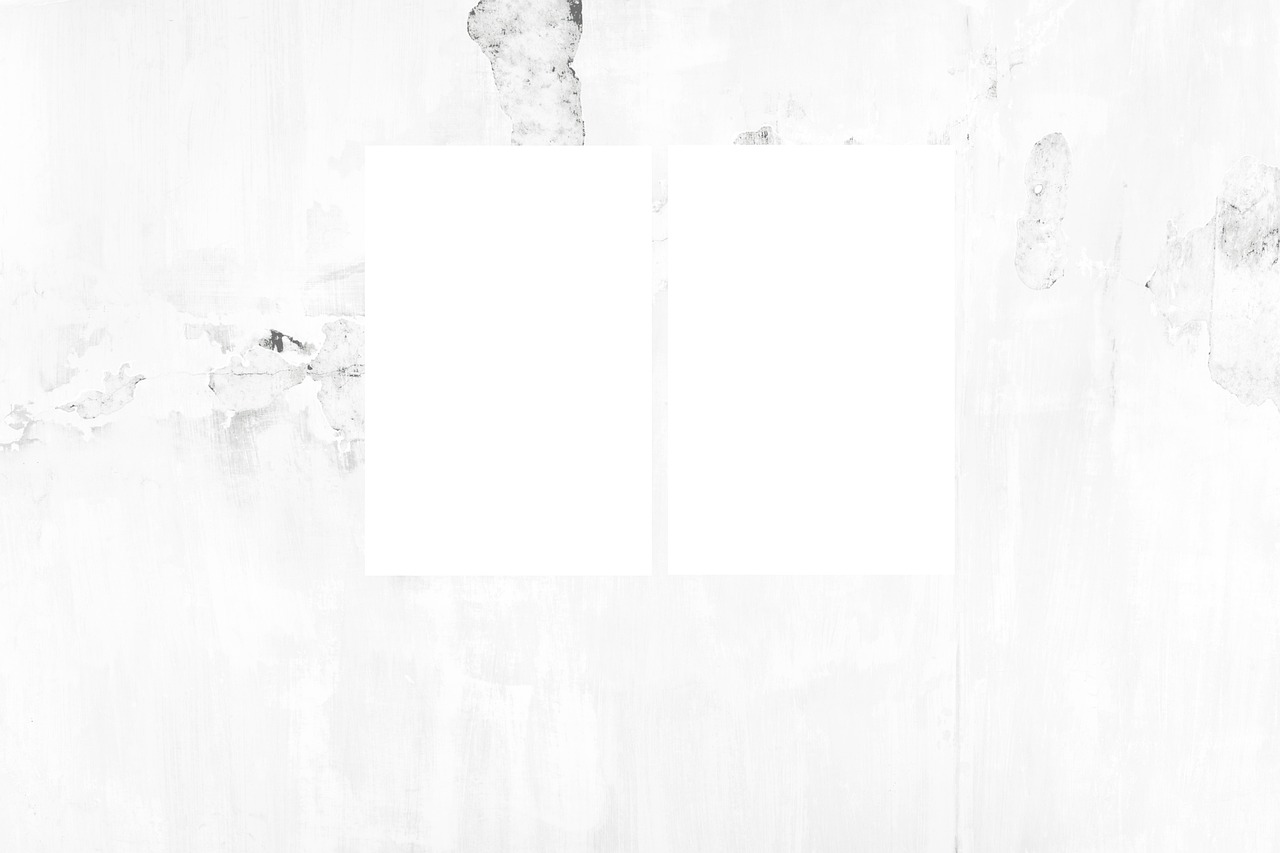
Artwork Themes
Establishing a theme for your artwork is like setting the mood for a party; it draws people in and gives them a taste of your personality. Think about what resonates with you and how you want to express that in your living space. Whether it's a collection of travel memories, abstract pieces, or family portraits, having a cohesive theme can transform your gallery wall into a storytelling canvas. For instance, if you’re an avid traveler, you might choose to display photographs from different countries, paired with local art pieces that capture the essence of each location.
When considering themes, here are a few popular ideas to inspire you:
- Nature and Landscapes: Bring the outdoors in with stunning landscape photography or botanical prints that evoke tranquility.
- Black and White: A monochromatic theme can create a timeless and elegant look, perfect for modern decor.
- Personal Memories: Showcase family photos, milestones, or snapshots from your favorite moments to create a nostalgic atmosphere.
- Abstract Art: If you prefer a contemporary vibe, abstract pieces can add a splash of color and intrigue without needing to match a specific theme.
Choosing a theme not only enhances the visual appeal of your gallery wall but also creates a sense of cohesion. It allows you to curate your collection thoughtfully, ensuring that each piece contributes to the overall aesthetic. For example, if you opt for a travel theme, consider incorporating elements like maps or travel quotes to tie everything together. This approach not only showcases your interests but also sparks conversations with guests, inviting them to dive into your world.
In the end, the best theme is one that reflects your unique style and experiences. Don't be afraid to mix and match different elements within your chosen theme to keep things interesting. After all, your gallery wall should be a reflection of you—vibrant, dynamic, and full of life!
Q: How do I choose the right theme for my gallery wall?
A: Consider your personal interests and experiences. Think about what resonates with you and how you want to express that in your living space. Themes can range from travel memories to abstract pieces, so choose what feels right for you!
Q: Can I mix different themes in my gallery wall?
A: Absolutely! Mixing themes can create an eclectic and unique display. Just ensure that the pieces you choose complement each other in color or style to maintain a cohesive look.
Q: How do I ensure my gallery wall doesn’t look cluttered?
A: Keep a consistent color palette and frame style to unify your display. Also, leave some space between pieces to give each artwork room to breathe, preventing a cluttered appearance.
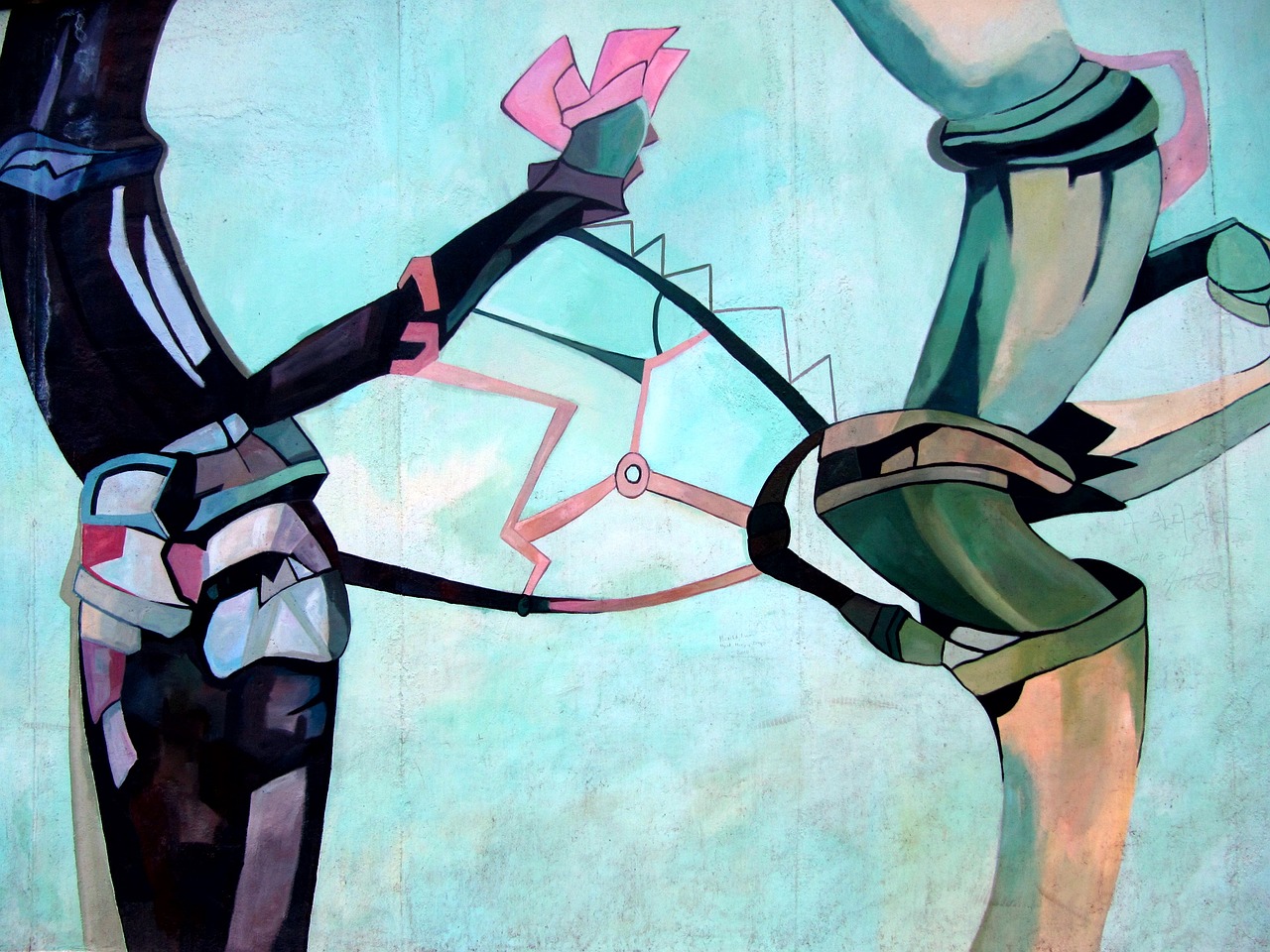
Arranging Your Artwork
Arranging your artwork is not just about slapping pieces on the wall and calling it a day; it's an art form in itself! The arrangement of your pieces can either make or break the entire vibe of your gallery wall. So, how do you create a stunning layout that captivates anyone who walks into your living room? First off, you’ll want to think about the overall style you’re aiming for. Do you prefer a structured, grid-like layout that screams sophistication, or are you leaning towards a more organic, free-flowing arrangement that feels casual and inviting? Each approach has its charm, and the choice ultimately reflects your personality.
When considering your layout, it’s helpful to visualize it before committing to any nails or hooks. One effective method is to lay your artwork on the floor to experiment with different configurations. This gives you the freedom to play around without the pressure of making permanent decisions. As you do this, keep in mind the sizes and shapes of your pieces. Mixing large and small artworks can create a dynamic visual experience. For instance, placing a large canvas at the center and surrounding it with smaller frames can draw the eye in and create a sense of balance.
Another tip is to consider the height at which you hang your artwork. A common rule of thumb is to hang art at eye level, which is typically around 57 to 60 inches from the floor. However, if you have a particularly tall wall, you might want to adjust this guideline to ensure that your pieces are still visually accessible and engaging. Additionally, think about the spacing between your artworks. A good rule is to leave about 2 to 4 inches of space between each piece, allowing them to breathe while still feeling connected.
Don't forget to incorporate various elements into your arrangement. For example, you might want to include a mix of photographs, paintings, and even three-dimensional objects like small shelves or sculptures. This variety can add depth and intrigue to your gallery wall. If you're feeling adventurous, consider adding some unexpected items, such as mirrors or decorative plates, to break up the monotony and create visual interest.
To help you visualize different arrangements, here’s a simple table showcasing a few popular layout styles:
| Layout Style | Description |
|---|---|
| Grid | A symmetrical arrangement with equal spacing, perfect for modern aesthetics. |
| Salon Style | An eclectic mix of sizes and styles, creating a lively and dynamic display. |
| Linear | A horizontal or vertical line of artwork, great for narrow spaces. |
| Asymmetrical | A more relaxed, free-form arrangement that feels casual and inviting. |
Ultimately, the key to a successful gallery wall lies in your personal touch. Don’t be afraid to experiment and make adjustments as you go along. After all, this is your space, and it should reflect who you are! So grab your artwork, gather your tools, and get ready to transform that blank wall into a stunning showcase of your creativity.
- How do I choose the right size artwork for my wall? Consider the dimensions of your wall and the scale of the furniture in the room. Larger pieces can serve as focal points, while smaller ones can complement existing decor.
- What if I want to change my gallery wall later? That’s the beauty of a gallery wall! You can easily swap out pieces or rearrange them whenever you feel like a change.
- Can I mix different styles of artwork? Absolutely! Mixing styles can create a unique and personal touch. Just ensure that there’s a common theme or color palette to tie everything together.
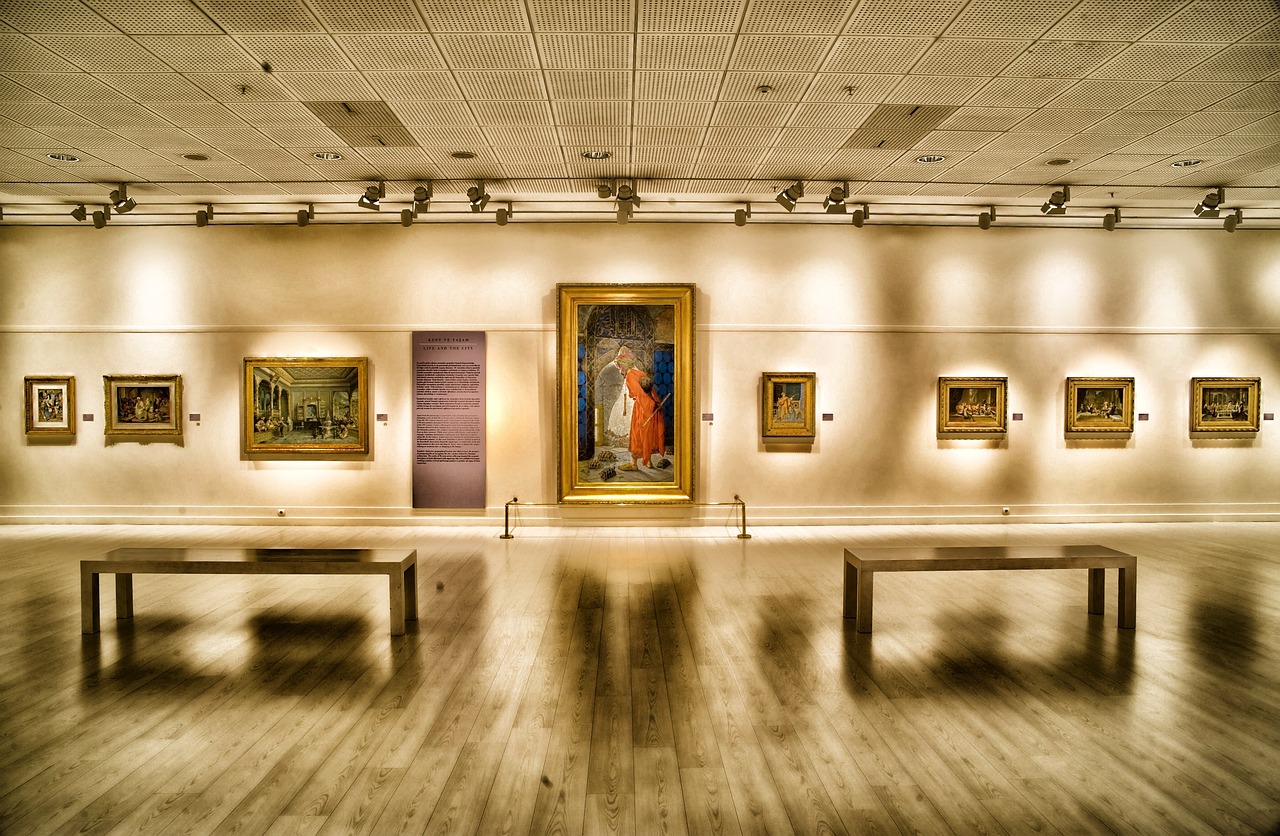
Hanging Techniques
When it comes to showcasing your artwork, play a pivotal role in ensuring that your gallery wall not only looks great but is also safe and secure. Imagine spending hours selecting the perfect pieces, only to have them fall off the wall due to improper hanging! It’s crucial to choose the right method based on the weight and size of your artwork, as well as the type of wall you’re working with. Let’s dive into some effective hanging techniques that will help you create a stunning display.
One of the most common methods is using nails. This is a simple and effective way to hang lighter frames. However, if you’re dealing with heavier pieces, you might want to consider using picture hooks or wall anchors. These options provide additional support and stability, ensuring that your artwork remains securely in place. If you’re renting or want to avoid making holes in the wall, adhesive strips are a fantastic alternative. They come in various sizes and strengths, making them suitable for different types of artwork.
Before you start hanging, it’s essential to measure and plan your layout carefully. You wouldn’t want to end up with a crooked display, right? A good rule of thumb is to hang your artwork at eye level, which is typically around 57 to 60 inches from the floor. This height allows for a comfortable viewing experience and creates a cohesive look across your gallery wall. To make the process easier, consider mapping out your arrangement on the floor first. This way, you can visualize how the pieces will look together before committing to any holes in the wall.
When it comes to spacing, aim for consistency. A common approach is to leave about 2 to 5 inches between each piece. This spacing helps create a unified look while allowing each artwork to breathe. If you’re feeling adventurous, you can also experiment with different arrangements, such as a grid layout for a more structured feel or an organic layout for a more casual vibe. Just remember that the key to a successful gallery wall is balance and harmony.
To help you visualize the different hanging methods, here’s a quick comparison table:
| Hanging Method | Best For | Pros | Cons |
|---|---|---|---|
| Nails | Lightweight frames | Easy to use | May not support heavier pieces |
| Picture Hooks | Medium to heavy frames | More secure than nails | Requires wall damage |
| Wall Anchors | Heavy artwork | Very secure | More complex installation |
| Adhesive Strips | Light to medium frames | No wall damage | May not hold over time |
Finally, consider creating a focal point on your gallery wall. This could be a larger piece that draws the eye, such as a striking painting or a unique sculpture. By anchoring your display with a standout piece, you can create a sense of direction and flow throughout your gallery. From there, let your creativity take flight as you arrange the surrounding pieces to complement your focal point.
Q: How do I know if my wall can support heavy artwork?
A: It's important to check the type of wall you have. Drywall typically requires anchors for heavy pieces, while solid walls can usually support more weight. Always use appropriate hanging hardware for the best results.
Q: Can I mix different frame styles on my gallery wall?
A: Absolutely! Mixing frame styles can add character and depth to your gallery wall. Just ensure that there is some cohesive element, like a color palette or theme, to tie everything together.
Q: What if I change my mind about the arrangement?
A: That's the beauty of a gallery wall! You can easily rearrange your artwork whenever you feel like a change. Just be mindful of any wall damage you might cause when moving pieces around.
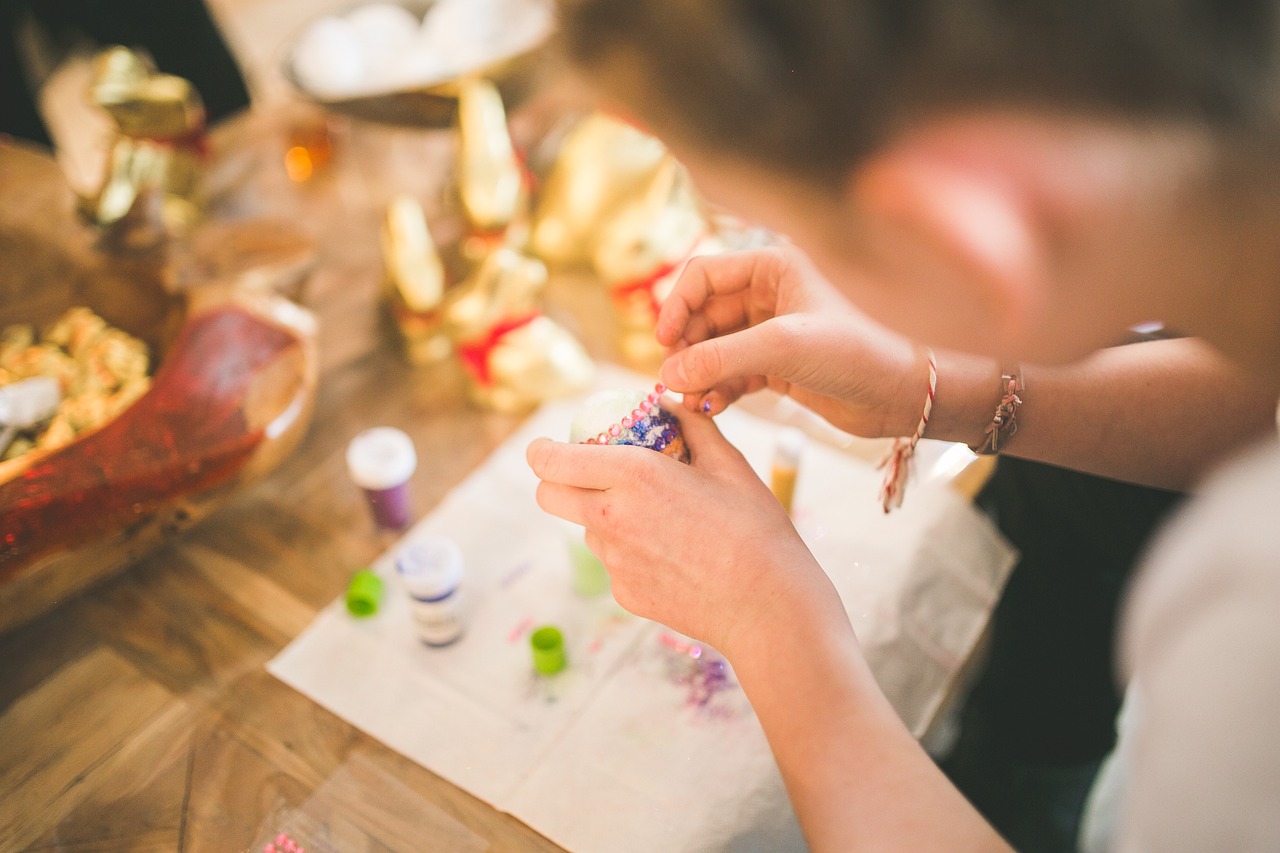
Measuring and Spacing
When it comes to creating a stunning gallery wall, your artwork is crucial for achieving that polished look. Imagine walking into a room where every piece of art is perfectly aligned, creating a sense of harmony and balance. It’s like a symphony for the eyes! To get started, you’ll need a few essential tools: a measuring tape, a level, and a pencil. These will be your best friends in this creative endeavor.
First, begin by measuring the wall space you intend to use. Knowing the dimensions of your wall will help you plan the layout of your artwork effectively. Consider the height at which you want to hang your pieces. A common rule of thumb is to center your artwork at eye level, which is typically around 57 to 60 inches from the floor. However, this can vary depending on your personal taste and the height of your furniture.
Once you have your wall measurements, it’s time to sketch out a layout. You can use graph paper or a simple digital tool to visualize how your pieces will fit together. This is where the fun begins! Think about the spacing between each piece. A good starting point is to maintain a distance of 2 to 4 inches between frames. This spacing allows each artwork to breathe and prevents the wall from feeling cluttered.
Here’s a little tip: if you’re working with a mix of frame sizes, consider creating a template on the floor or a large piece of cardboard. Arrange your frames on this surface to experiment with different layouts before committing to the wall. This method can save you time and help you visualize the final result. Once you’re satisfied with the arrangement, use a level to ensure everything is straight. There’s nothing worse than a crooked picture frame!
To help you visualize the spacing, here’s a simple table that outlines recommended spacing based on different arrangements:
| Arrangement Style | Recommended Spacing |
|---|---|
| Grid Layout | 2-3 inches |
| Organic Layout | 3-4 inches |
| Salon Style | 2-4 inches |
Finally, don’t forget to step back and take a good look at your work as you go along. Sometimes, what looks perfect up close may need a little adjustment when viewed from a distance. Trust your instincts! Remember, creating a gallery wall is not just about hanging pictures; it’s about expressing your personality and style. So take your time, measure accurately, and enjoy the process!
As you finalize your arrangements, consider how the spacing and placement can lead the viewer’s eye through the gallery. Just like a good story, your wall should have a beginning, middle, and end, guiding the observer on a visual journey through your curated collection.
- How high should I hang my artwork? Aim for eye level, typically between 57 to 60 inches from the floor.
- What if my wall is too big for my art collection? Use larger frames or group smaller pieces together to fill the space.
- Can I mix different frame styles? Absolutely! Mixing frames can add character and depth to your gallery wall.
- How do I ensure my artwork is straight? Use a level when hanging each piece to achieve a straight alignment.

Creating a Focal Point
When it comes to designing a gallery wall, establishing a focal point is absolutely essential. Think of it as the heart of your gallery—it's the piece that draws the eye and sets the tone for the entire display. Without a standout piece, your wall might feel chaotic or disjointed. So, how do you choose the perfect focal point? Start by selecting an artwork that resonates with you, whether it's a bold painting, a striking photograph, or even a unique sculpture. This piece should be something that you love and that reflects your personality.
Once you’ve selected your focal piece, consider its placement. Typically, the focal point should be the highest point on your gallery wall, ideally at eye level, which is about 57 to 60 inches from the floor. This height allows for easy viewing and appreciation. Additionally, think about the surrounding pieces. You want your focal point to shine, so arrange smaller artworks around it to create a cohesive look. For instance, you could use symmetrical arrangements where smaller pieces flank the focal point, or you could opt for a more organic layout, where different sizes and styles intermingle to create visual interest.
To further enhance your focal point, consider the lighting in your living room. A well-placed spotlight or even natural light can dramatically highlight your chosen artwork, making it pop against the rest of the gallery. You might also want to think about using a frame that complements the focal piece, drawing attention without overwhelming it. Remember, the goal is to create a harmonious balance that invites people to explore the entire wall while still being captivated by that one standout piece.
Lastly, don't hesitate to experiment! Sometimes, the best focal points come from unexpected choices. You might find that a quirky piece of art or a family heirloom can become the centerpiece of your display. Just like in fashion, where a bold accessory can elevate an outfit, your gallery wall can benefit from that one piece that tells a story or sparks a conversation. So, go ahead, unleash your creativity, and let your gallery wall reflect your unique style!
Frequently Asked Questions
- What is a gallery wall?
A gallery wall is a curated collection of artwork, photographs, or decorative items displayed together on a wall. It’s a fantastic way to showcase your personal style and memories, creating a unique focal point in any room.
- How do I choose the right wall for my gallery?
When selecting a wall, consider factors like visibility and lighting. Look for a space that naturally draws the eye, such as a living room or hallway. Make sure the wall has enough space to accommodate your artwork without feeling cluttered.
- What types of artwork should I include?
Mixing different types of artwork can create an engaging visual display. Consider including paintings, photographs, prints, and even three-dimensional pieces. The key is to gather a variety of styles and sizes to add interest and depth.
- Do I need to use matching frames?
Not necessarily! Mixing frames can add character to your gallery wall. However, you might want to choose a unifying color palette or material to create a cohesive look while still allowing for variety.
- What’s the best way to arrange my artwork?
There are many ways to arrange your artwork, including grid patterns or organic layouts. It helps to lay everything out on the floor first to find the arrangement that feels right before committing to hanging them on the wall.
- How do I hang my artwork securely?
Using the right hanging techniques is crucial. Depending on the weight of your pieces, you can use nails, picture hooks, or adhesive strips. Just ensure that whatever method you choose supports the weight of your artwork to prevent any accidents.
- What if I want to change the arrangement later?
That’s the beauty of a gallery wall! You can easily swap out pieces or rearrange them whenever you feel like it. Just keep in mind the original spacing and alignment for a polished look.
- How do I create a focal point in my gallery wall?
To create a focal point, choose one standout piece that draws attention. This could be a larger artwork or a unique piece that reflects your personality. Position it centrally or at eye level to anchor your display effectively.
- Can I include non-art items in my gallery wall?
Absolutely! Incorporating non-art items like mirrors, decorative plates, or even shelves can add dimension and personality to your gallery wall. Just ensure they complement your overall theme and style.



















